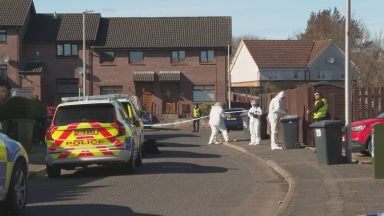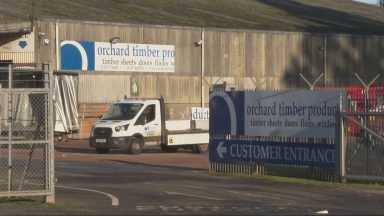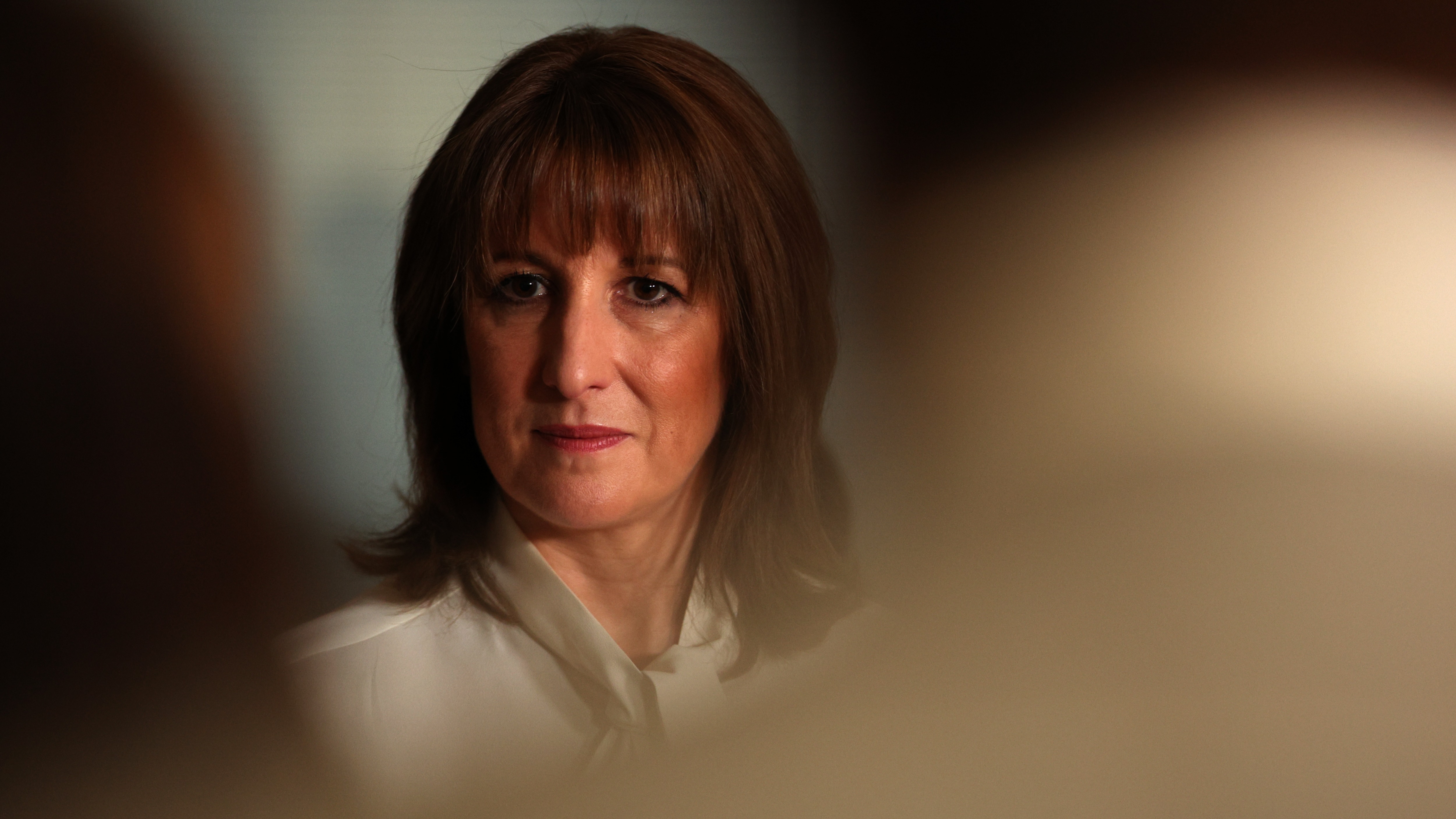Annual house price growth stood at 2.1% in February for the third month in a row, according to an index.
Across the UK, property values increased by 1.1% month on month in February, accelerating from 0.2% growth in January, Halifax said.
The average Scotland house price in February stood at £198,779, at a 2.2% annual increase, with the UK average at £285,476.
Average house prices in London fell by 0.9% over the past year – possibly affected by the capital’s large proportion of flats, Halifax said.
Mortgage rates jumped last autumn following September’s mini-budget, and the mortgage market later showed signs of settling. Bank of England base rate rises have also been putting an upward pressure on borrowing costs.
Kim Kinnaird, director, Halifax Mortgages, said: “Recent reductions in mortgage rates, improving consumer confidence, and a continuing resilience in the labour market are arguably helping to stabilise prices following the falls seen in November and December.
“Still, with the cost of a home down on a quarterly basis (by 2.5%), the underlying activity continues to indicate a general downward trend.
“In cash terms, house prices are down around £8,500 (2.9%) on the August 2022 peak but remain almost £9,000 above the average prices seen at the start of 2022 and are still above pre-pandemic levels, meaning most sellers will retain price gains made during the pandemic.
“With average house prices remaining high, housing affordability will continue to feel challenging for many buyers.”
Nathan Emerson, chief executive of estate agents’ body Propertymark, said: “Year on year, estate agents across the UK have seen a small drop in the number of sales being agreed whilst the number of new properties coming to market has remained the same.
“Increases to interest rates have caused buyers to rethink their budget and haggle on price, but the drive evidently still remains to see their purchase through and move home.”
Tom Bill, head of UK residential research at estate agent Knight Frank, said: “The UK housing market appears near the end of a long hangover from the mini-budget rather than on the verge of a price plunge.
“Activity stopped well before Christmas due to the mortgage market turmoil but has picked up this year as people come to terms with where rates are settling.”
Marie Johnstone, managing director at Edinburgh-based estate agents Wilson Property Group, said: “February was a far busier month than January.”
Marc von Grundherr, director of estate agent Benham and Reeves, said: “While current house price performance may remain sluggish when compared to the meteoric rates of the pandemic market boom, there’s been a notable uptick in activity in 2023 and this has reversed the rot seen during the back end of last year.”
James Forrester, managing director of estate agent Barrows & Forrester, said: “The housing market continues to stand firm in 2023 and the general economic outlook is far more positive than anticipated.”
Mark Harris, chief executive of mortgage broker SPF Private Clients, said: “Lenders continue to jockey for position, with a number increasing the pricing of their cheapest five-year fixes.
“However, even if there is another base rate rise this month, there is a growing expectation that rates are close to their peak, and if inflation also continues to fall, the outlook appears brighter for borrowers.”
Here are house prices across the UK and the annual change, according to Halifax.
Annual changes for the UK’s regions and nations are based on the most recent three months of approved mortgage transaction data.
- East Midlands, £234,749, 2.4%
- Eastern England, £331,442, 1.4%
- London, £526,842, minus 0.9%
- North East, £163,953, 1.1%
- North West, £221,306, 3.7%
- Northern Ireland, £185,009, 5.7%
- Scotland, £198,779, 2.2%
- South East, £387,205, 1.7%
- South West, £298,939, 1.4%
- Wales, £210,917, 1.2%
- West Midlands, £246,351, 5.0%
- Yorkshire and Humber, £200,634, 3.6%
Follow STV News on WhatsApp
Scan the QR code on your mobile device for all the latest news from around the country


 iStock
iStock


























